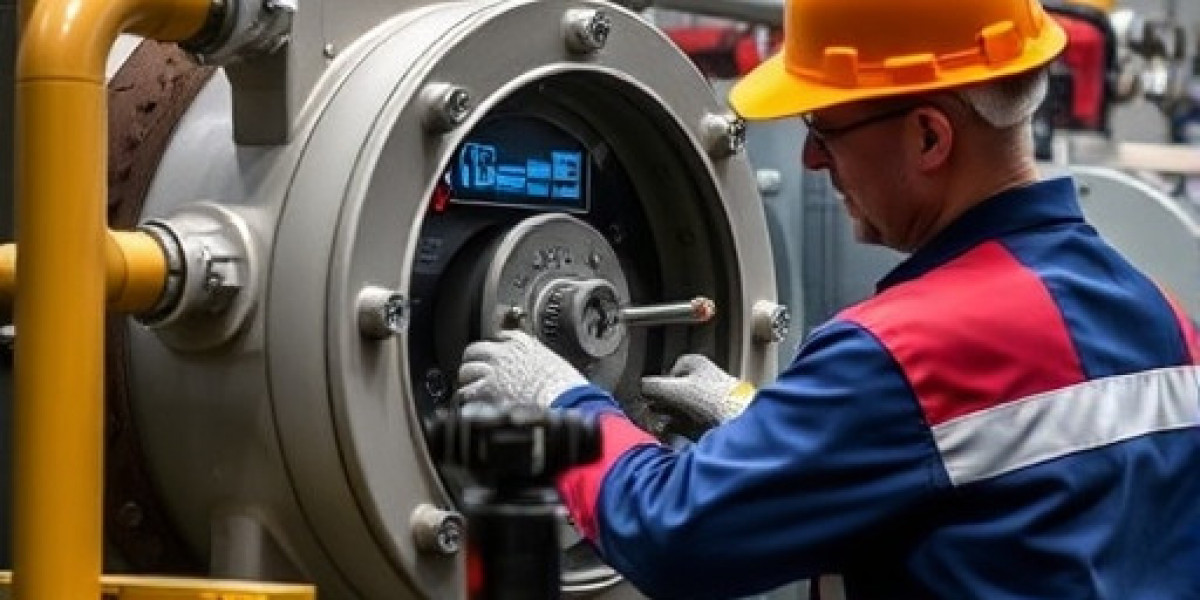Understanding the Role of ACBs
ACBs are designed to automatically interrupt the flow of electric current in the event of a fault, such as a short circuit or overload. They operate on the principle of arc quenching, where the electric arc produced during the interruption process is extinguished by a combination of air blast and dielectric barriers.
The Importance of Regular Servicing
Regular servicing of ACBs is essential for several reasons:
- Safety:
- Preventing Electrical Accidents: Faulty ACBs can lead to electrical shocks, fires, and other accidents.
- Protecting Personnel: Regular servicing ensures that the ACB can operate reliably and quickly to mitigate risks.
- Reliability:
- Minimizing Downtime: Well-maintained ACBs reduce the likelihood of unexpected failures, minimizing downtime and production losses.
- Optimizing System Performance: Regular servicing ensures that the ACB can operate at peak efficiency.
- Longevity:
- Extending Equipment Life: Proper maintenance can significantly extend the lifespan of the ACB.
- Reducing Replacement Costs: By preventing premature failures, regular servicing can save costs associated with replacements.
Key Servicing Tasks
- Visual Inspection:
- Check for physical damage, corrosion, or signs of overheating.
- Inspect the condition of the contacts, operating mechanism, and enclosure.
- Cleaning:
- Remove dirt, dust, and other contaminants from the ACB's components.
- Clean the contacts to ensure good electrical conductivity.
- Lubrication:
- Apply a suitable lubricant to moving parts to reduce friction and wear.
- Functional Testing:
- Test the ACB's tripping and closing mechanisms to ensure they operate correctly.
- Verify the accuracy of the tripping settings.
- Calibration:
- Calibrate the ACB's protective relays to ensure accurate operation.
- Insulation Testing:
- Measure the insulation resistance of the ACB to assess its dielectric strength.
Frequency of Servicing
The frequency of ACB servicing depends on various factors, including the severity of operating conditions, the number of operations, and the manufacturer's recommendations. However, a general guideline is to perform a comprehensive inspection and maintenance check at least once a year. More frequent inspections may be required for ACBs in harsh environments or those that are subjected to frequent operations.
Additional Considerations
- Training: Ensure that maintenance personnel are adequately trained to perform ACB servicing tasks.
- Documentation: Maintain detailed records of all maintenance activities, including test results and spare part replacements.
- Spare Parts: Keep a sufficient inventory of spare parts to minimize downtime in case of failures.
- Environmental Factors: Consider the environmental conditions in which the ACB is installed and adjust the maintenance schedule accordingly.
By prioritizing regular ACB servicing, industrial facilities can significantly enhance safety, reliability, and overall operational efficiency. A well-maintained ACB is not just a component; it's a critical safeguard for both personnel and equipment.
Why Proper Relay Configuration is Essential for Industrial Operations
Industry Insights: Benefits of Retrofitting Relays for Enhanced Safety









